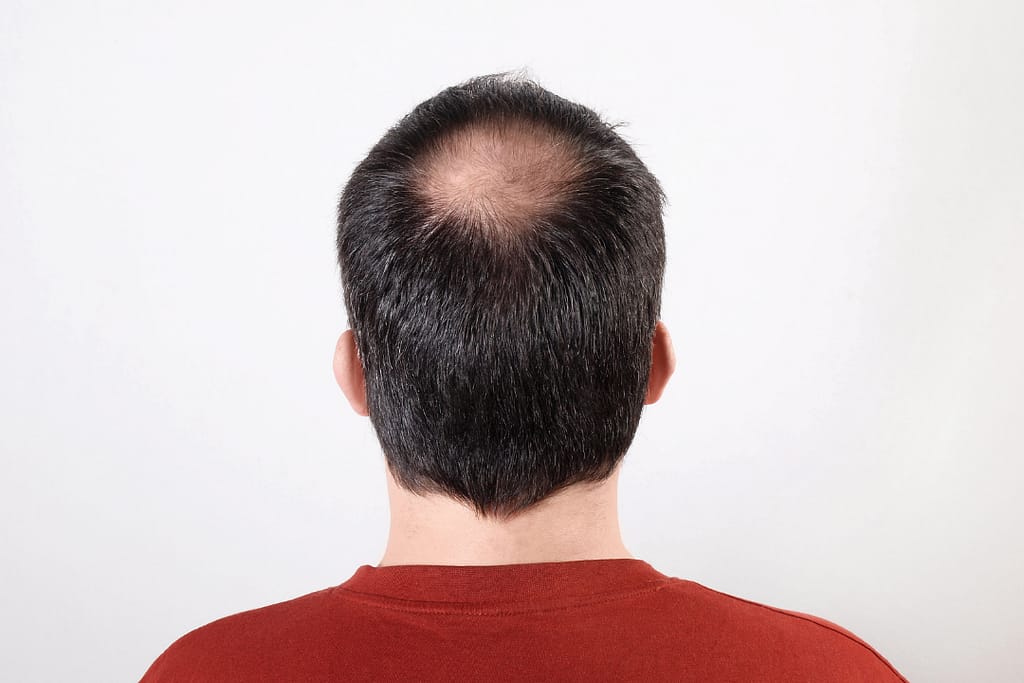Hair Conditions
How and Why Hair and Scalp issues have a wide reaching effect
Hair is seen as a defining feature for both Men and Women, often referred to as your “crowning glory”. It is therefore hardly surprising that when there is a problem with the hair that it has a wide reaching effect from mild concern to anxious, depressive disorders in those who suffer.

Male Pattern Hair Loss
Condition
Male pattern hair loss, (Androgenetic Alopecia), is nearly always responsible for hair loss in Men, the good news is that there are treatments that can slow and stop the progressive loss if caught soon enough and treated effectively.
Recession to the temple area, thinning at the crown and gradual loss joining together, gives the typical pattern associated with male hair loss. Rarely is the hair lost on the sides and the back. The Hamilton and Norwood scales classify male hair loss.
In male pattern hair loss the hair miniaturises through each subsequent growth cycle, although male pattern loss is not curable there are options to manage and slow the loss, or the options of using cosmetic enhancers or transplants.
Causes
Male Pattern Hair loss is caused by 3 things:
1) Genetic predisposition, most commonly inherited from the maternal grandfather
2) Presence of the androgen Testosterone
2) Age, loss can start as early as puberty, the earlier the onset often means the more severe the loss, seek advice early to have as many treatment options as possible.


Female Pattern Hair Loss
Condition
Female Pattern Hair Loss thins at the front and the crown, partings may seem wider, the hair is more see through with a noticeably visible scalp.
Female pattern hair loss is categorised by the Ludwig scale, hair is never lost at the sides or the back and most often the hair line is retained, unlike in the Male Pattern Loss.
Female hair loss can range from a noticeable shedding to severe hair thinning.
Causes
The causes of Female Pattern Hair loss are the same as for Male Pattern:
Genetic predisposition, generally inherited from the maternal grandmother
Age, can start as early as puberty, postmenopausal thinning is usually related to oestrogen reduction.
Increased sensitivity to the presence of the hormone testosterone that is produced in the adrenal cortex.
Increased sensitivity to the presence of the hormone testosterone that is produced in the adrenal cortex.

